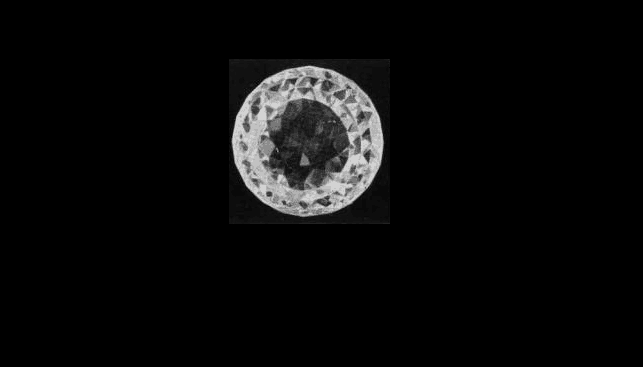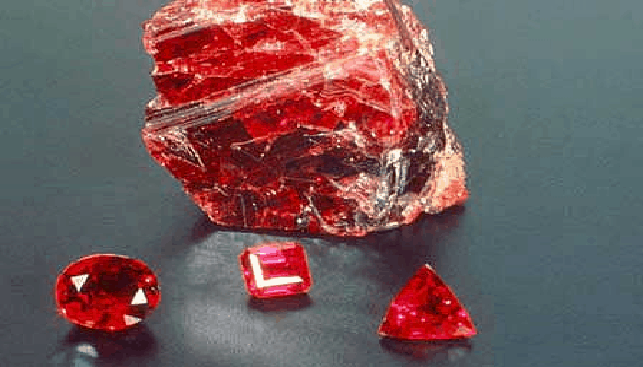The Great Mogul Diamond was the largest diamond ever found in India. It is also called the Disappearing Diamond, as no one knows its true fate. Discovered in 1650, the 787-carat rough stone was found in India’s Golconda mines, near the Krishna River in Hyderabad. French jewel trader Jean-Baptiste Tavernier was one of the first European traders to see the stone.
Tavernier visited India a number of times, and in approximately 1860 he wrote a book about his travels throughout the world, in which he described the Great Mogul Diamond, among other things. Aurangzeb, ruler and third son of the Shah Jahan, showed the stone to Tavernier in 1665. Illustrations of the diamond were later featured in Tavernier’s book, “Six Voyages of Jean Baptiste”. He described the Great Mogul Diamond as a rose-cut stone, sporting a flaw at its bottom and a small blemish within.
It was cut by Venetian lapidary Hortentio Borgis, and after it polishing it measured 279 carats. The end result so upset Aurangzeb that he fined Borgis the sum of 10,000 rupees.
The Great Mogul Diamond was lost in the late 1740s following the assassination of its owner, Nader Shah.
The diamond’s current whereabouts are unknown and it is widely believed that the famed Orlov Diamond, or possibly the Koh-I-Noor Diamond, were cut from it.














